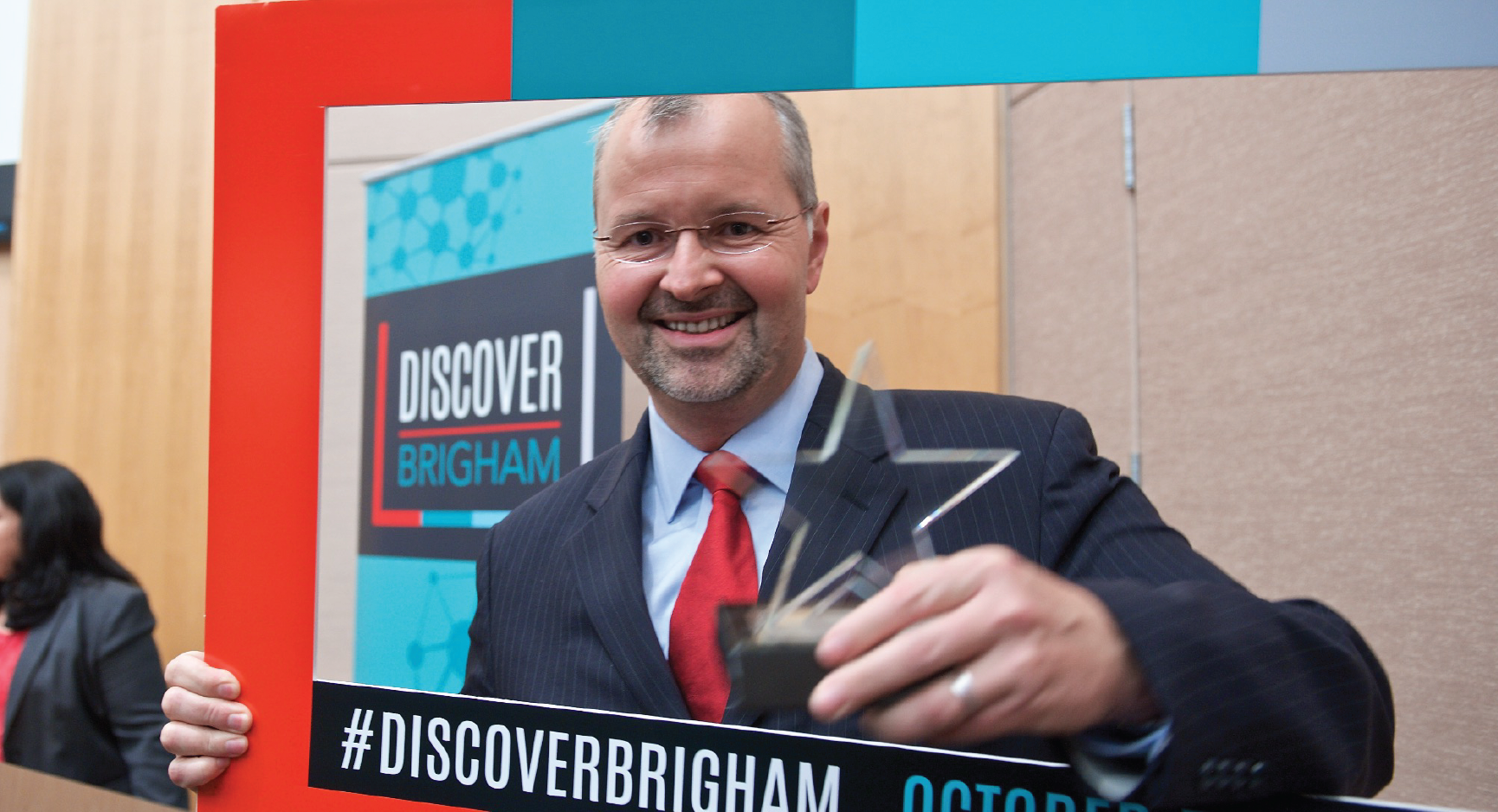
An Interview with Bohdan Pomahac, MD
Q: Dr. Pomahac, you won a $100,000 Stepping Strong Innovator Award in 2015 for your project, “From battlefield to bedside: A portable device for rescuing limbs.” What was the objective of the project?
A: Our objective was to develop a portable device that is able to keep amputated limbs alive for 12-24 hours. Typically, when limbs are traumatically amputated as in the Boston Marathon bombings, or in the battlefields of Iraq and Afghanistan, there is only a short window of time (four to six hours) during which the limbs remain alive and can be replanted. This amount of time is often not enough to stabilize the victim and carry out the challenging replantation operation.
Our device provides sustenance to the amputated limbs by supplying them with oxygen and important nutrients. By doing so, the device can keep limbs alive outside of the body for 12–24 hours, which would possibly enable surgeons to transplant them for the amputation victim.
“We have demonstrated that amputated limbs preserved in our device for 12 and 24 hours can be safely replanted in an animal model, with excellent survival and health of both the animal and the limb.”
Q: How has your project matured over the last two years?
A: We have built a second-generation prototype of the portable limb preservation device. This second-generation device has improved automated controls for pressure and temperature of flow through the limbs, as well as improved abilities for real-time sampling and analyses of the biochemical state of the amputated tissues. We have also transitioned into the use of a second-generation perfusion solution, with improved control of osmotic pressure and improved flow properties. We continue to optimize the composition of the perfusion solution in order to enhance oxygen and nutrient delivery to the amputated limb tissues.
Importantly, over the last two years we have been able to demonstrate that amputated limbs preserved in our device for 12 and 24 hours can be safely replanted in an animal model, with excellent survival and health of both the animal and the limb.
Q: Have you run into any challenges along the way?
A: Continued funding is always a challenge, as the nature of this preclinical research makes our experiments very costly. We have partially mitigated this challenge by securing funding from the BRI Transformative Director’s Award, and the New England Organ Bank. We continue to apply for extramural or collaborative funding opportunities.
Q: What comes next?
A: We are currently formulating a plan to bring the device to market. The immediate next steps include ex vivo testing in human limbs donated for research, in order to address translation from our animal model to the human setting.
We are forever grateful to Stepping Strong for giving us the opportunity to carry this important work from the concept stage to its current status as a working prototype with demonstrated potential for use in the trauma setting.
